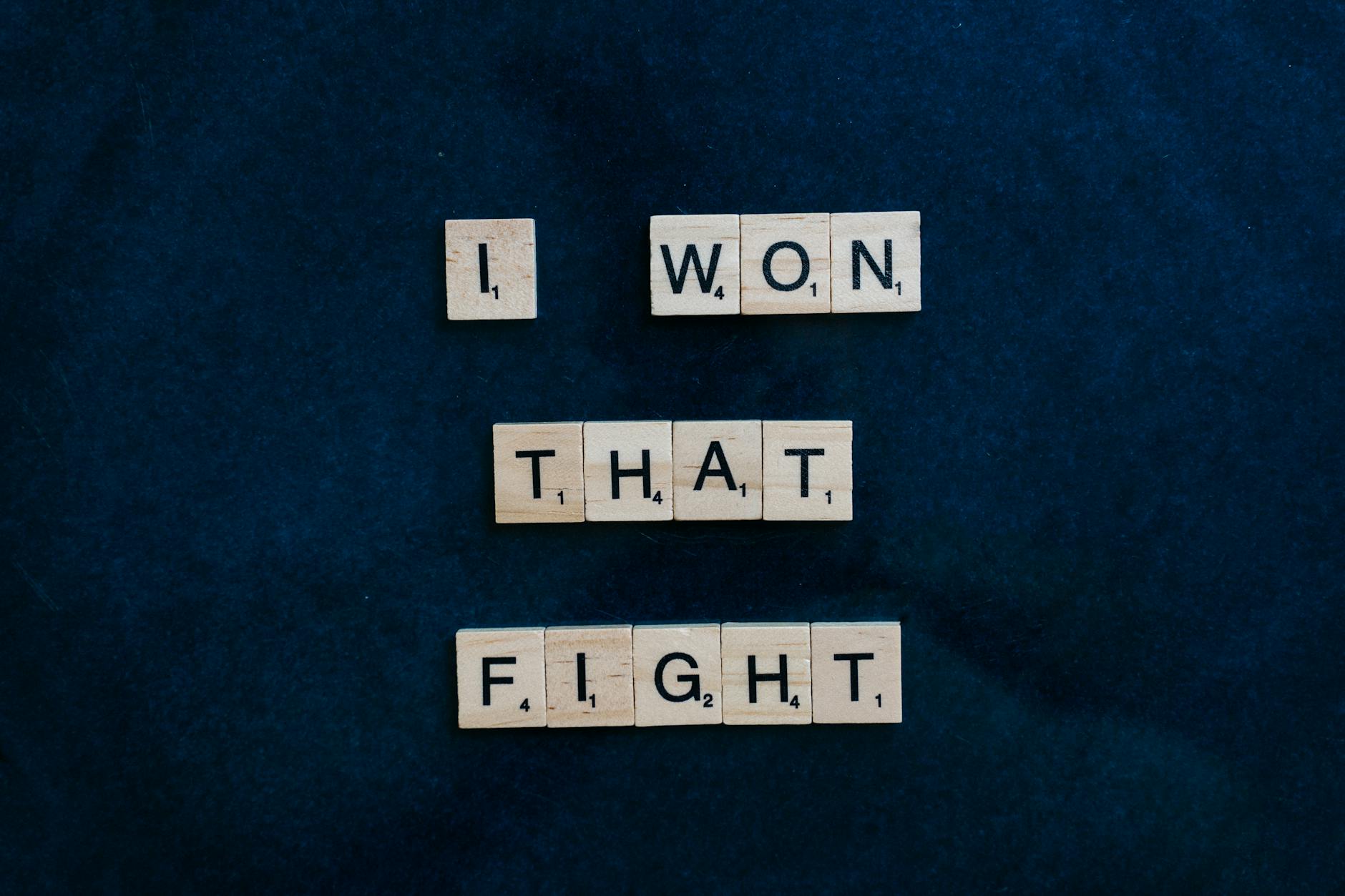I can’t believe how hard it is to figure out how iPhone and iPad charging work.
The mysterious parts are what cables and what chargers work where…
Here’s a quick summary
-
The original USB standard was 5V and 500mA. This is why when u plug a phone into old computers it charges so slowly. That’s 2.5W.
-
Out of the box an iPhone X comes with a glacially slow small adapter which is 5V x 1A or 5W
-
When the iPad came out with a bulkier adapter that did 12W. How did they do this they used a “non standard” charge of 2.4A at 5V. This is why third party chargers will label Apple ports as 2.4A
-
At the same time QUALCOMM was playing the same tricks and came up with QuickCharge that was also varying the amperages up go 3A but this is not compatible with Apple. So that’s what an Android port is on no-name chargers.
-
When the iPad Pro came out the batteries got even bigger but still shipped with a 12W charger. A major bummer.
-
However when the Macbook shipped with a USB C 29W charger, people discovered the iPad Pro was future proofed. With Apple proprietary USB C to Lightening adapter, USB Power Delivery is turned on using some spare pins. In this case they get to 29 watts by delivering 14.8V x 2A. This is because it is easier to increase voltage rather than the amperage in a small charger. Apple devices like many others charge at full rate until about 90% then slow to a trickle, so this is a big improvement.
-
For the new iPhone 8/X, it appears to have the same technology so that if you get a USB to lightening cable that supports PD you should be able to do the same. From Apple this is $40 charger and $25 usb c charger. While this works with any USB C Charger with Power Delivery, currently only the Apple cable supports USB C with PD to lightening so stay tuned as third party cables come out.
-
The iPhone 8/X also supports Qi charging at 5W. With iOS 11.2 this will increase to 7.5w. Third party chargers can support 10W. Note that some people are putting a metal disk into a case so they can Qi charge and don’t need a holder. Make sure this disk is far from the “coil” that is the charging area. Others ally our charger will do is turn the metal into a handwarmer.
-
Wireless chargers can have multiple coils. A single coil charger needs careful placement. But you can get double or even triple coils. The more coils the easier to place the phone. The upcoming Apple AirPower appears to be a mouse pad sized that has multiple coils.






